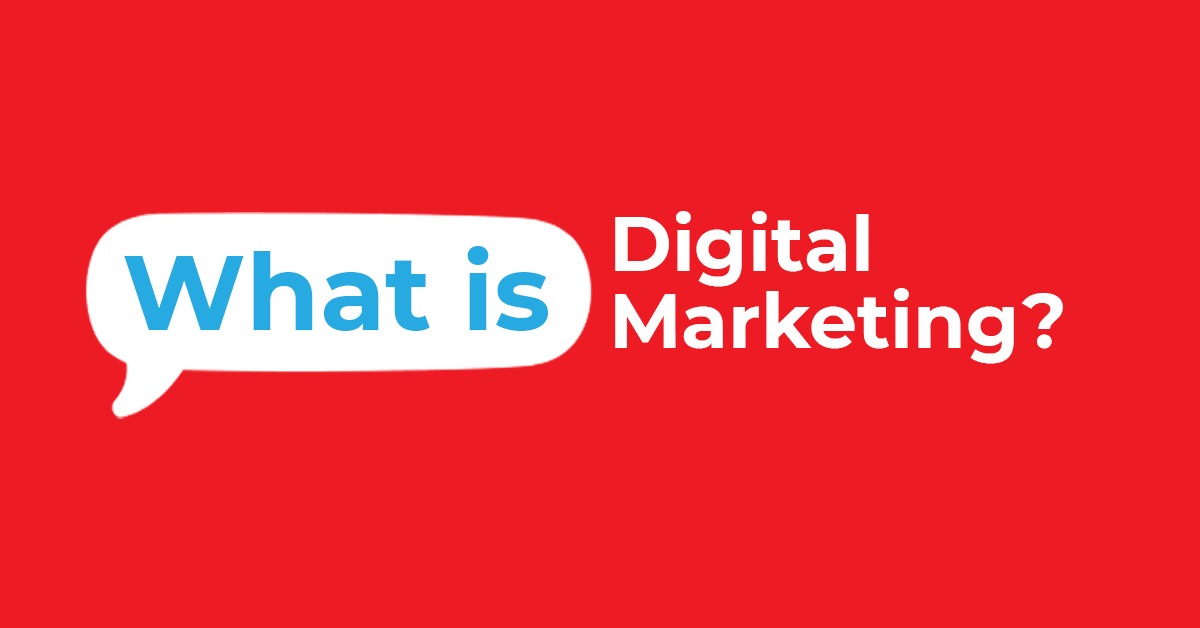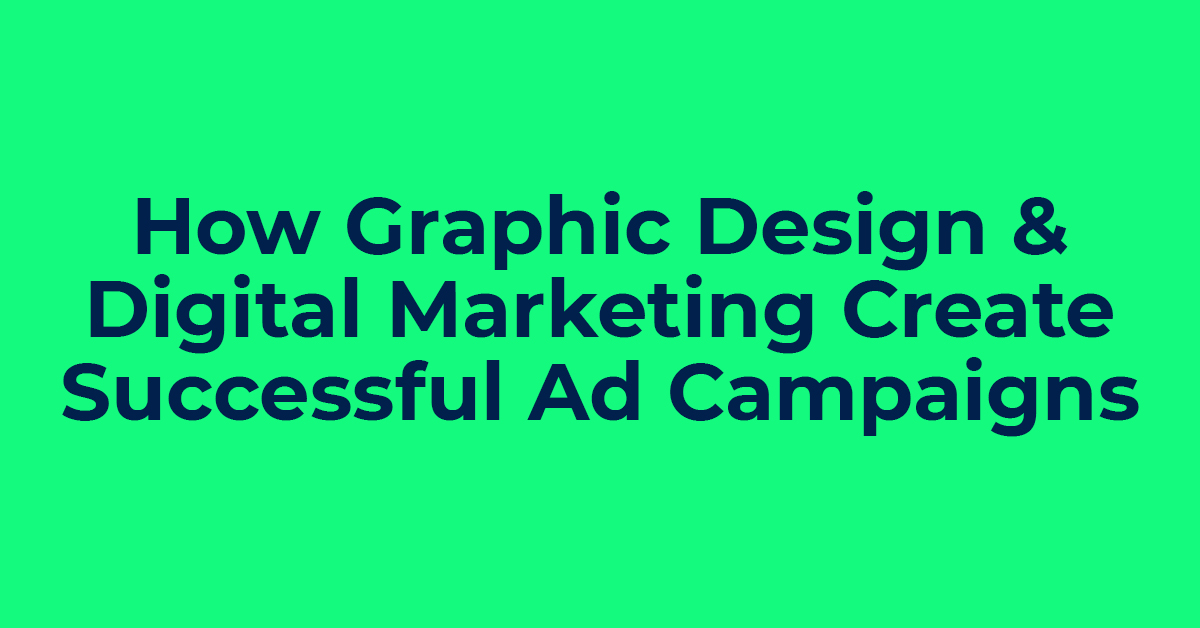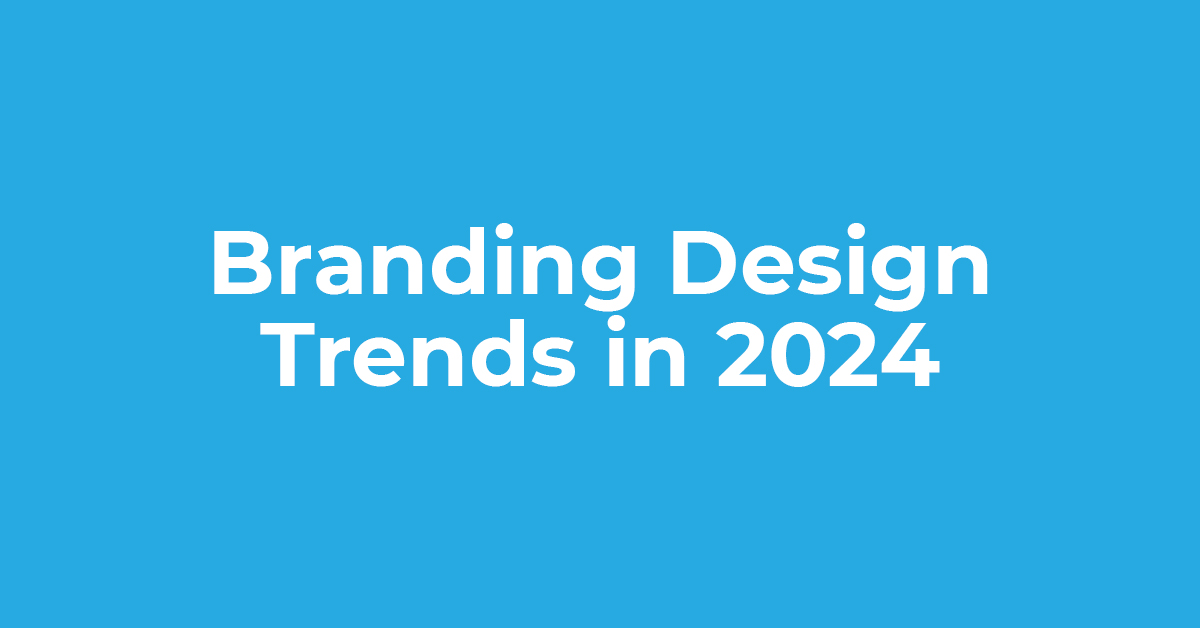Paid advertising can be a powerful tool for businesses looking to increase brand visibility, drive traffic, and generate leads or sales. However, determining the right budget for your paid advertising campaigns can be challenging. Here’s a comprehensive guide to help you set the right budget for your paid advertising efforts:
- Define Your Goals: Before setting a budget, it’s essential to clearly define your advertising goals. Are you looking to increase brand awareness, drive website traffic, generate leads, or boost sales? Your goals will influence the type of advertising platforms and strategies you choose, as well as the budget allocation for each campaign.
- Understand Your Audience: Understanding your target audience is key to creating effective paid advertising campaigns. Conduct market research to identify your audience demographics, interests, and online behaviour. This information will help you determine which advertising platforms are most relevant to your audience and how to allocate your budget effectively.
- Choose the Right Advertising Platforms: There are various advertising platforms available, including Google Ads, Facebook Ads, Instagram Ads, LinkedIn Ads, and more. Each platform offers unique targeting options, ad formats, and pricing models. Choose the platforms that align with your advertising goals and target audience, and allocate your budget accordingly.
- Calculate Your Customer Acquisition Cost (CAC): Calculate your customer acquisition cost—the amount you’re willing to spend to acquire a new customer. Consider factors such as your average order value, conversion rate, and profit margin to determine a realistic CAC for your business. Your CAC will help you set a budget that’s sustainable and profitable for your business.
- Set a Test Budget: If you’re new to paid advertising or launching a new campaign, consider setting aside a test budget to experiment with different ad creatives, targeting options, and messaging. Start with a smaller budget initially, and gradually increase it as you gather data and optimise your campaigns based on performance.
- Consider Your Industry and Competition: The competitiveness of your industry and the level of competition in your target market can also influence your advertising budget. Research your industry benchmarks and competitor advertising strategies to get a sense of what’s typical and where you stand relative to your competitors.
- Monitor and Adjust: Paid advertising is not a set-it-and-forget-it strategy—it requires ongoing monitoring and adjustment to optimise performance and maximise ROI. Track key metrics such as click-through rate (CTR), conversion rate, cost per click (CPC), and return on ad spend (ROAS), and use this data to refine your targeting, messaging, and budget allocation over time.
- Allocate Budget Wisely: Once you’ve determined your overall advertising budget, allocate it wisely across different campaigns and platforms based on their performance and contribution to your goals. Focus on the channels and strategies that deliver the best results and consider reallocating budget from underperforming campaigns to those with higher ROI.
- Account for Seasonality and Trends: Consider seasonal trends and fluctuations in consumer behaviour when setting your advertising budget. Allocate additional budget during peak seasons or holidays when demand is higher, and adjust your budget accordingly to capitalise on emerging trends or opportunities.
- Monitor ROI and Adjust as Needed: Ultimately, the success of your paid advertising efforts should be measured by their return on investment (ROI). Monitor your advertising ROI closely and adjust your budget and strategies as needed to maximise profitability and achieve your business objectives.
Setting the right budget for paid advertising requires careful planning, analysis, and ongoing optimisation. By defining clear goals, understanding your audience, choosing the right platforms, and monitoring performance closely, you can set a budget that’s both effective and sustainable for your business, ultimately driving growth and success in your advertising efforts.



